The most iconic clock in the world is getting some overdue love. Big Ben—the 315-foot tower atop the Palace of Westminster—will be shut down in early 2017 to undergo $42 million worth of repairs.
The world famous clock has told time and its bells have rung through the streets of London for more than 150 years. It’s appeared in movies, been printed on t-shirts and has become a lasting symbol of Great Britain. But while everyone can identify Big Ben, few know about its incredible history. Few know that coins are used to keep the clock accurate. And even fewer know that Latin inscriptions are carved into the clock.
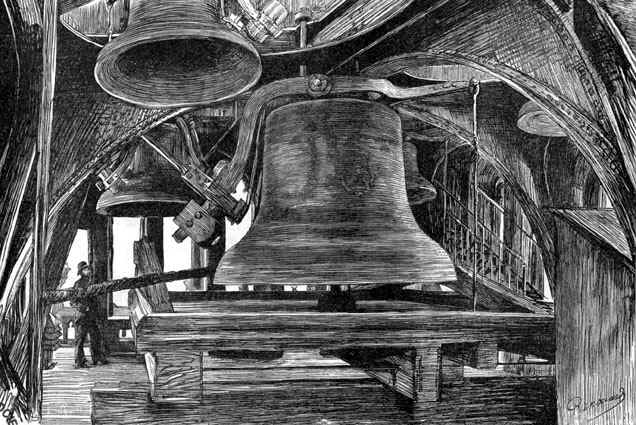 The structure has three distinct parts: the Elizabeth Tower, the Great Bell and the Great Clock. Big Ben—which was the original name for the clock’s bell—has been generally accepted as the name of all three parts.
The structure has three distinct parts: the Elizabeth Tower, the Great Bell and the Great Clock. Big Ben—which was the original name for the clock’s bell—has been generally accepted as the name of all three parts.
A terrible fire destroyed most of the Palace of Westminster in 1834. The Elizabeth Tower—as it was later named in 2012—was designed in its place by English Architect Sir Charles Barry. With the tower standing about the Houses of Parliament, the four clocks needed to be both beautiful and accurate.
The Movement
Astronomer Royal Sir George Airy developed high standards for the clock. The first stroke of each hour had to be accurate to within one second and the clock’s performance had to be telegraphed twice a day to the Greenwich Observatory.









 Featured Videos
Featured Videos




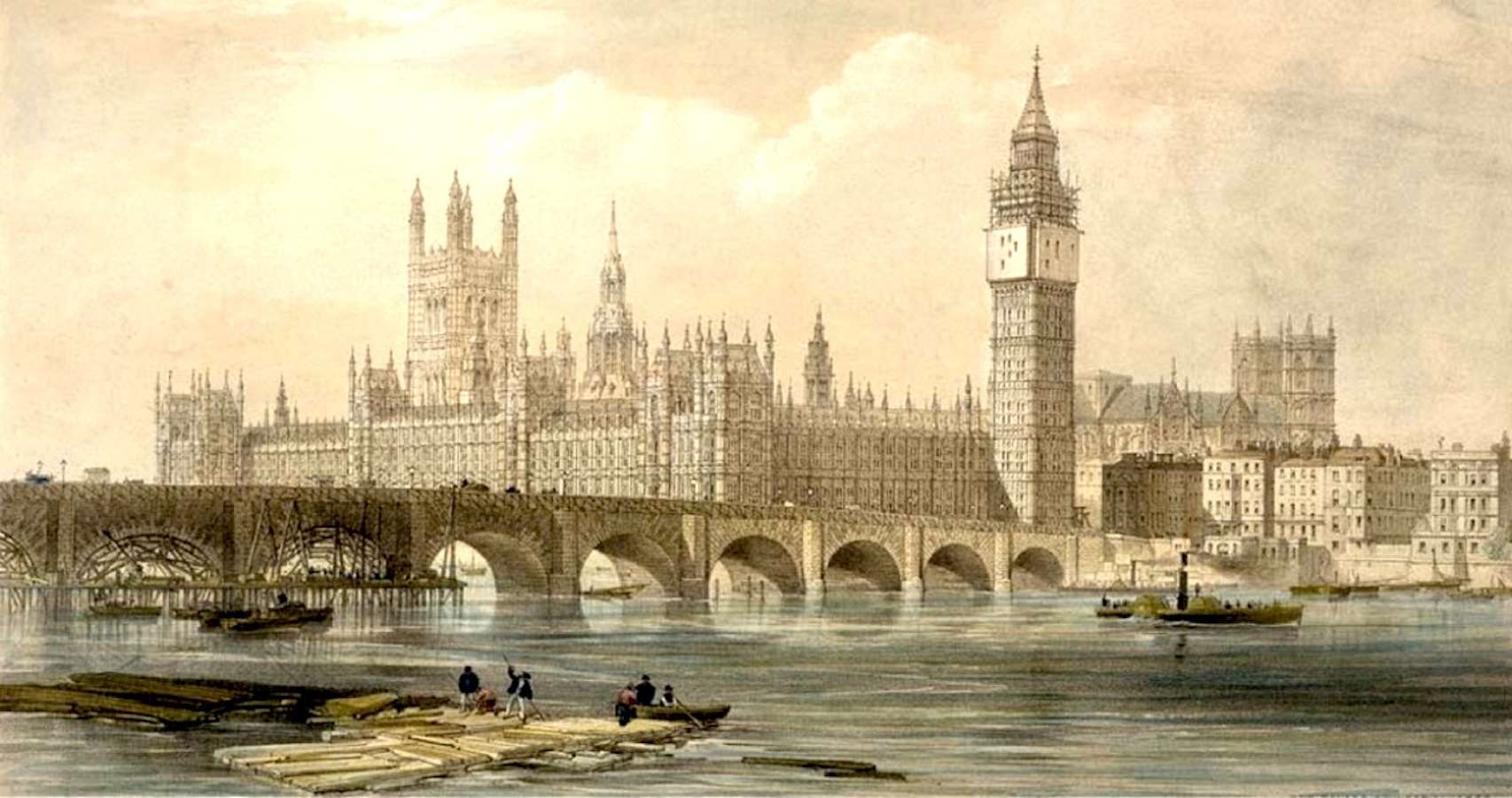
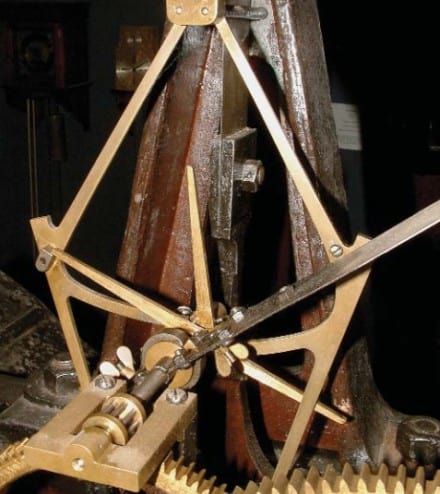
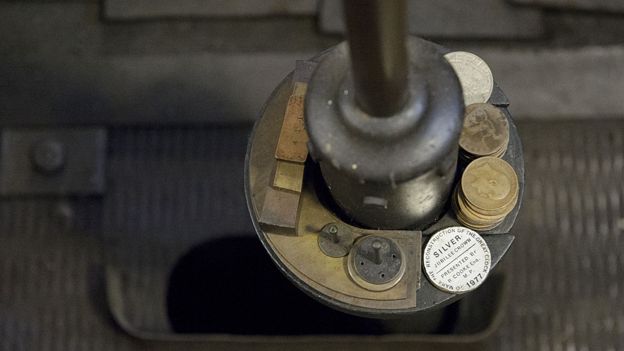
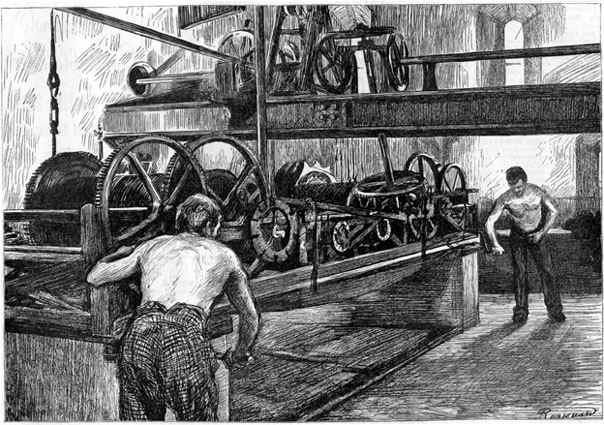
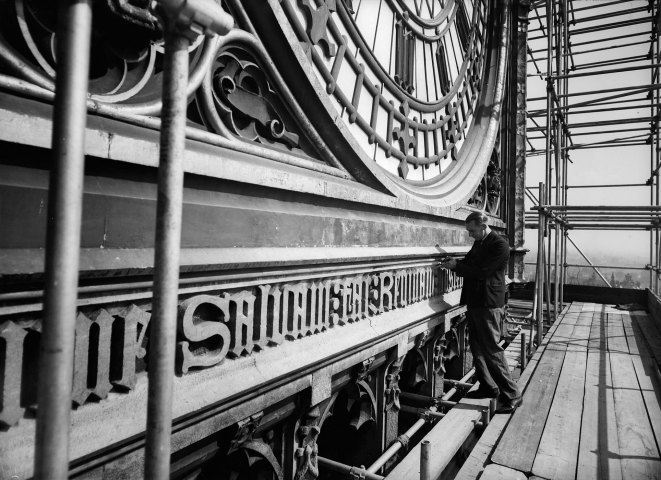
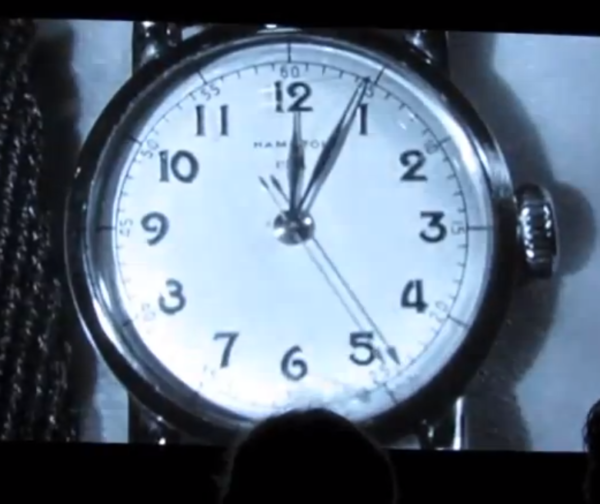

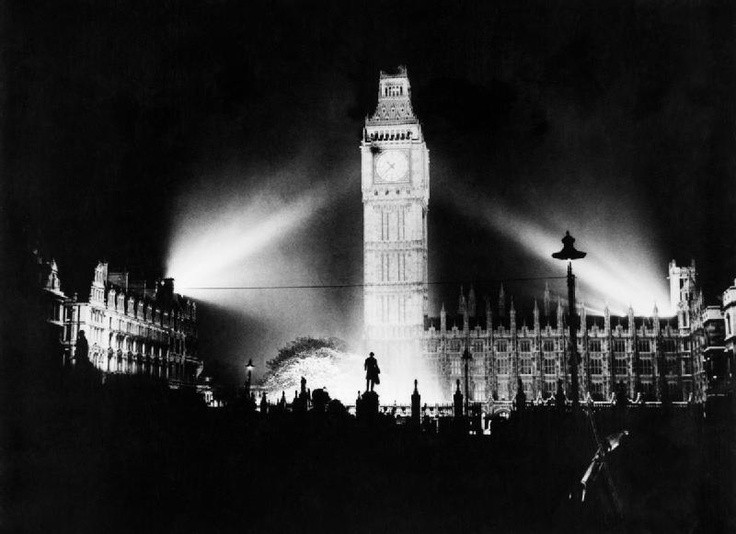
![UNSPECIFIED - CIRCA 1934: Handymen, who are renovating the Big Ben in London, with the hour hand of the sight, Photograph, May the 7th, 1934 (Photo by Imagno/Getty Images) [Arbeiter bei Renovierungsarbeiten am Big Ben in London mit dem Zeiger der ber?hmten Uhr, Photographie, 7, 5, 1934]](https://wornandwound.com/library/uploads/2017/02/Big-Ben-Hands.jpg)
